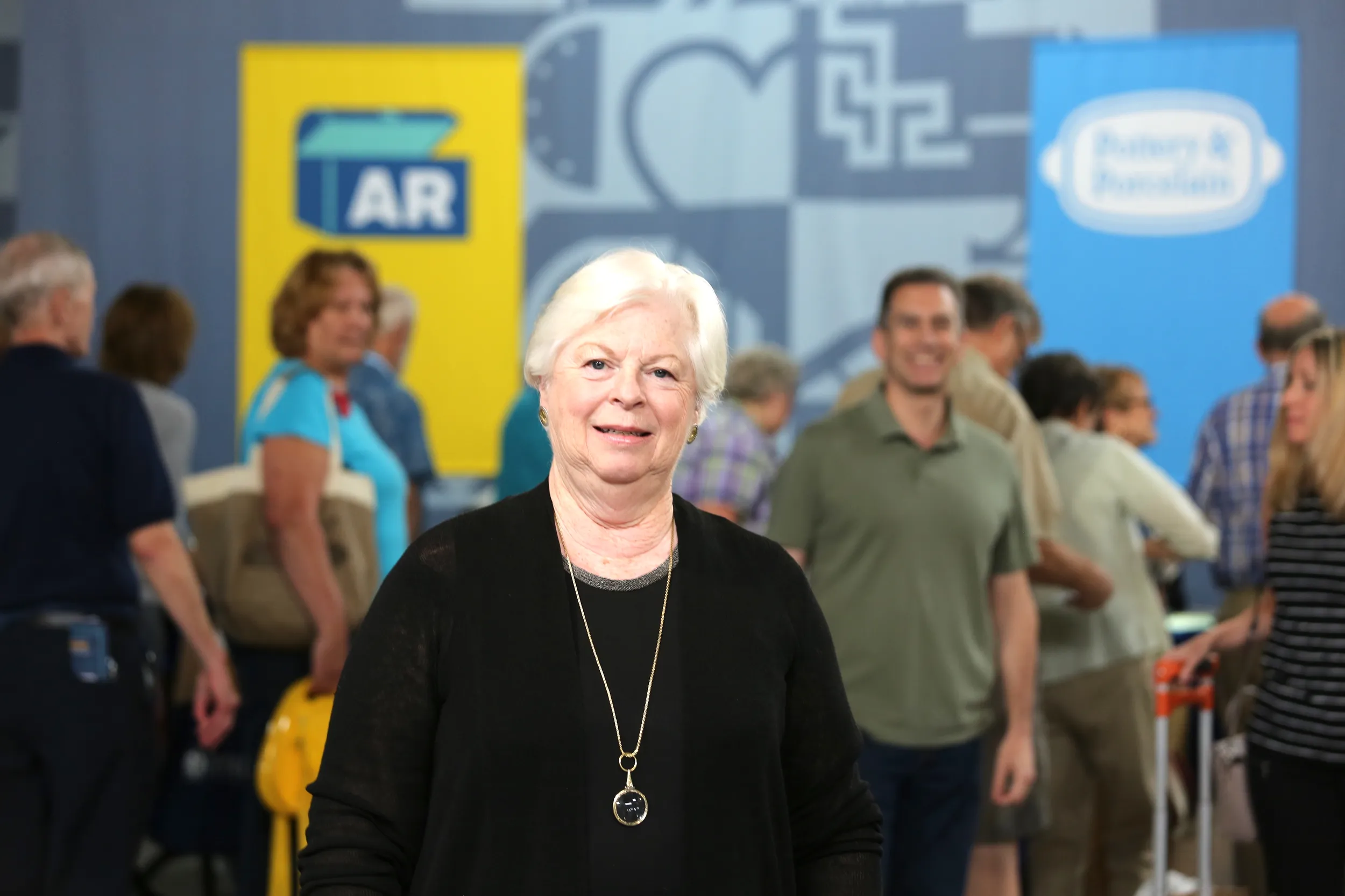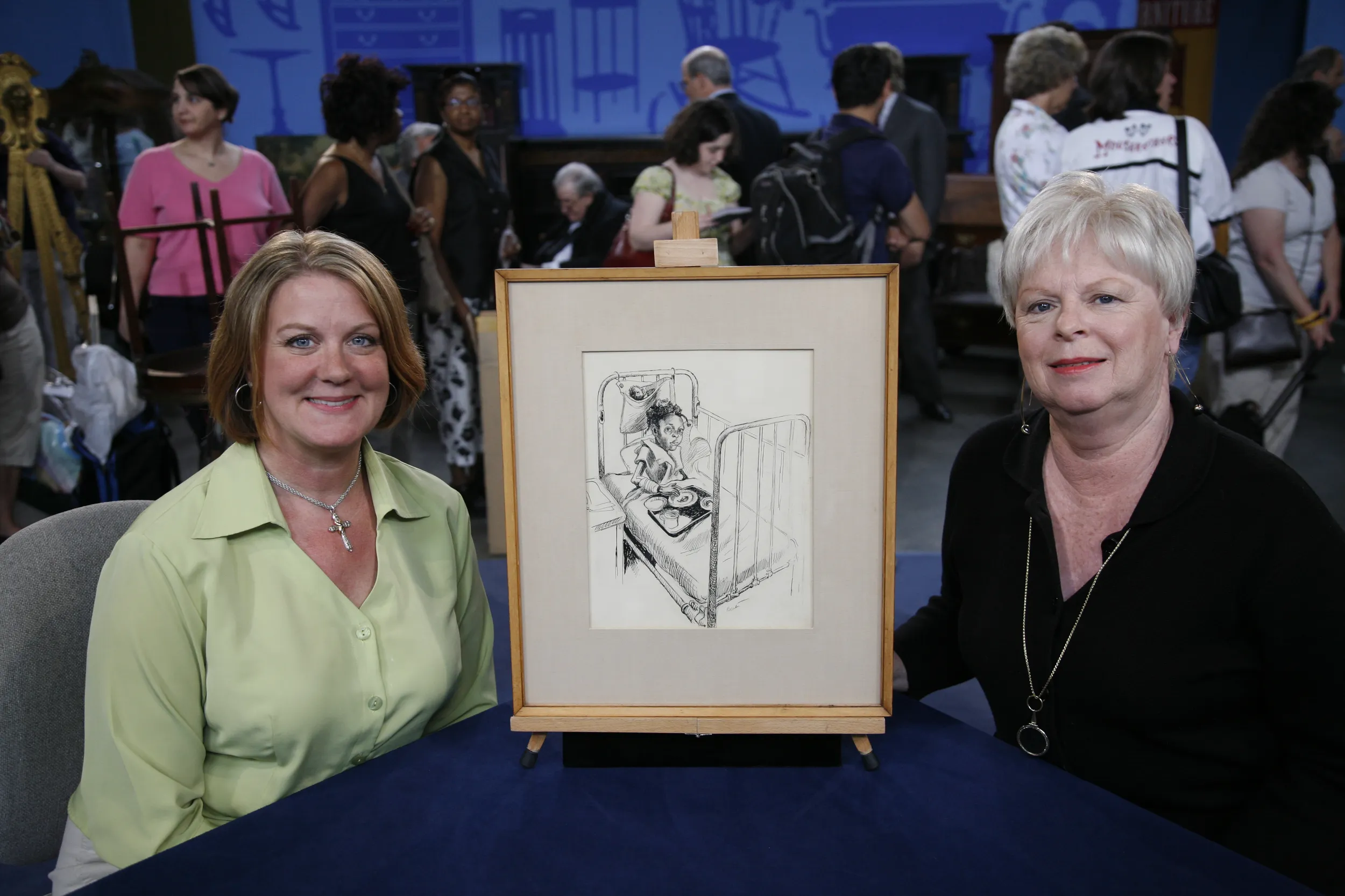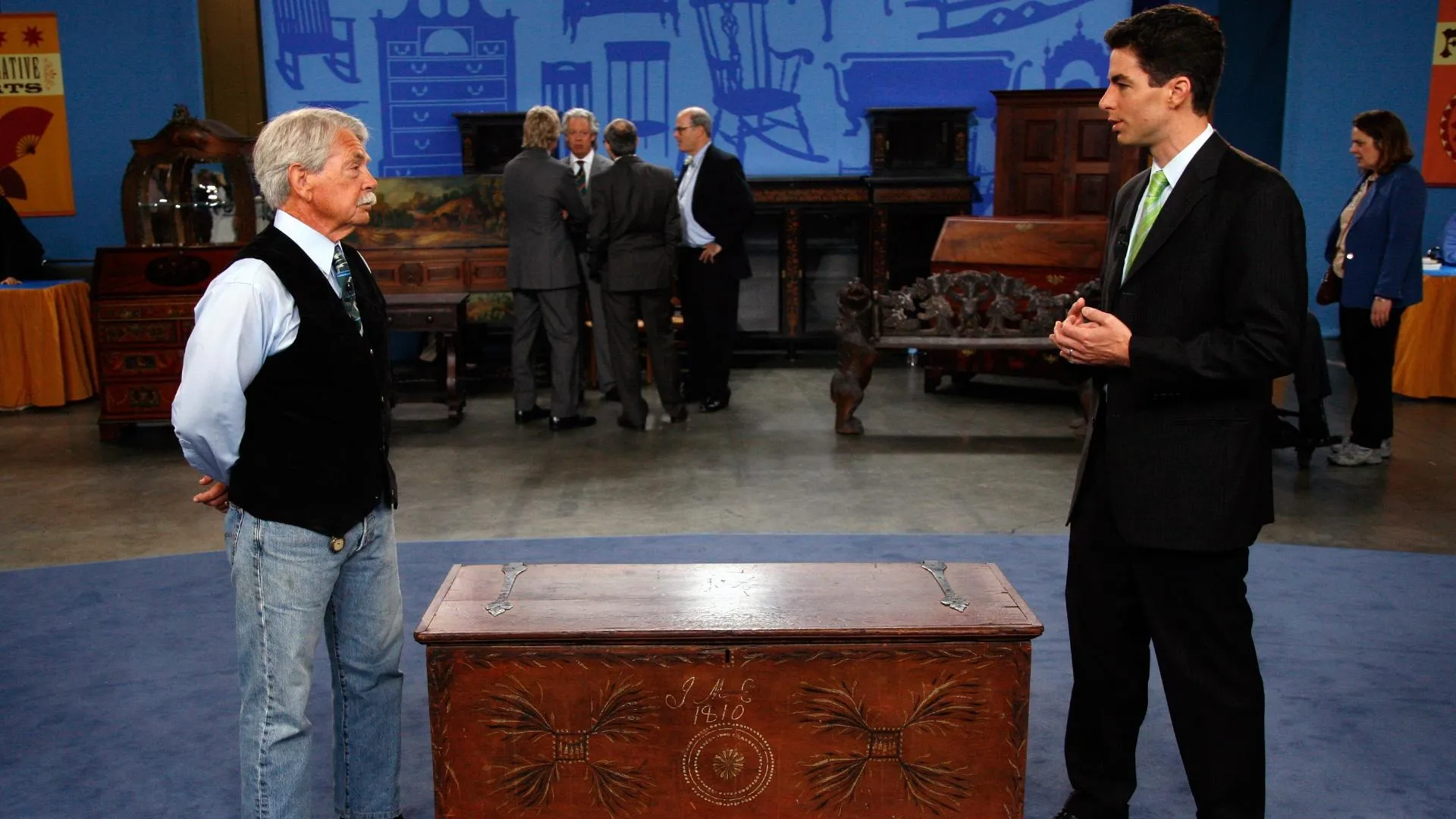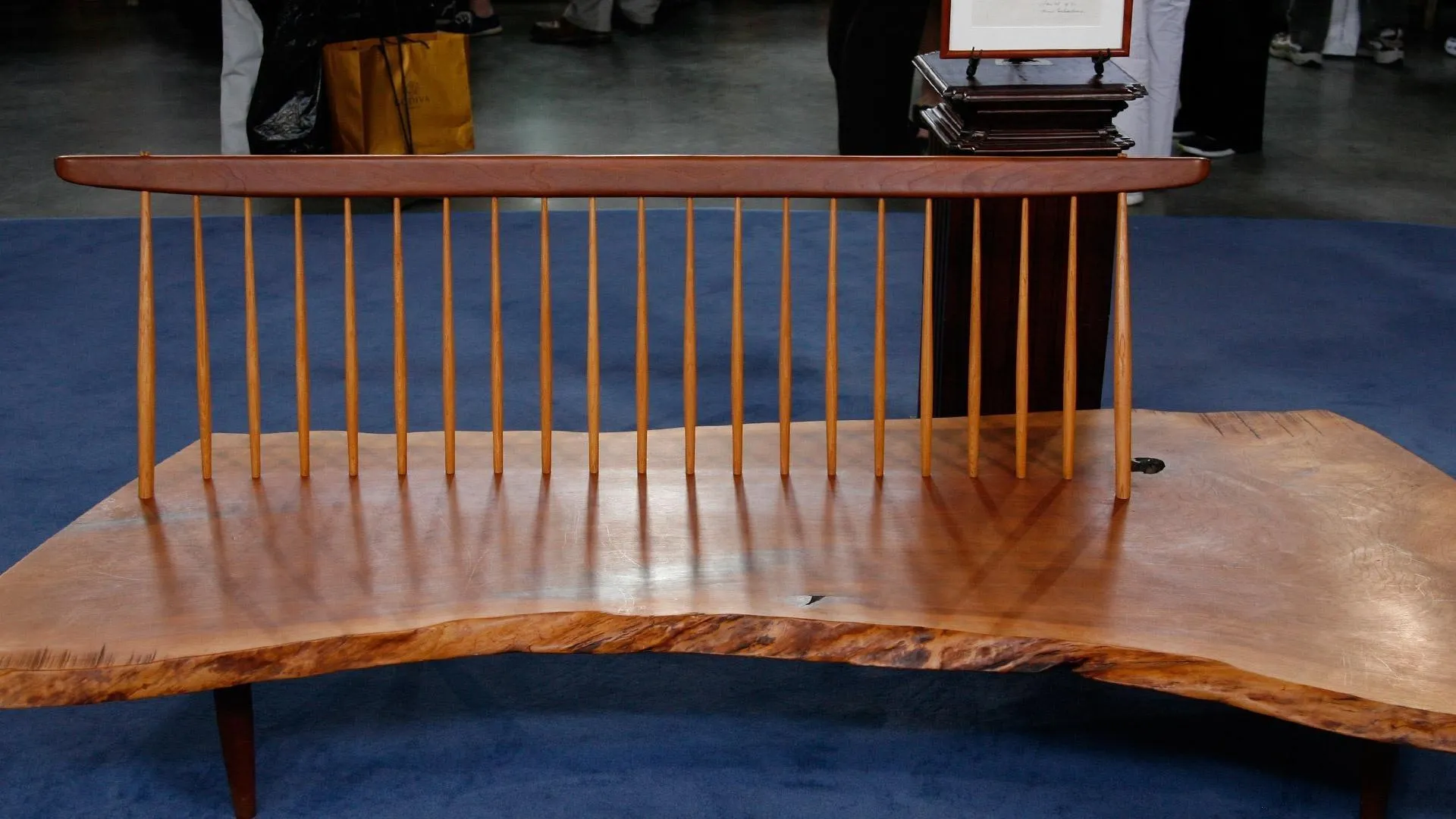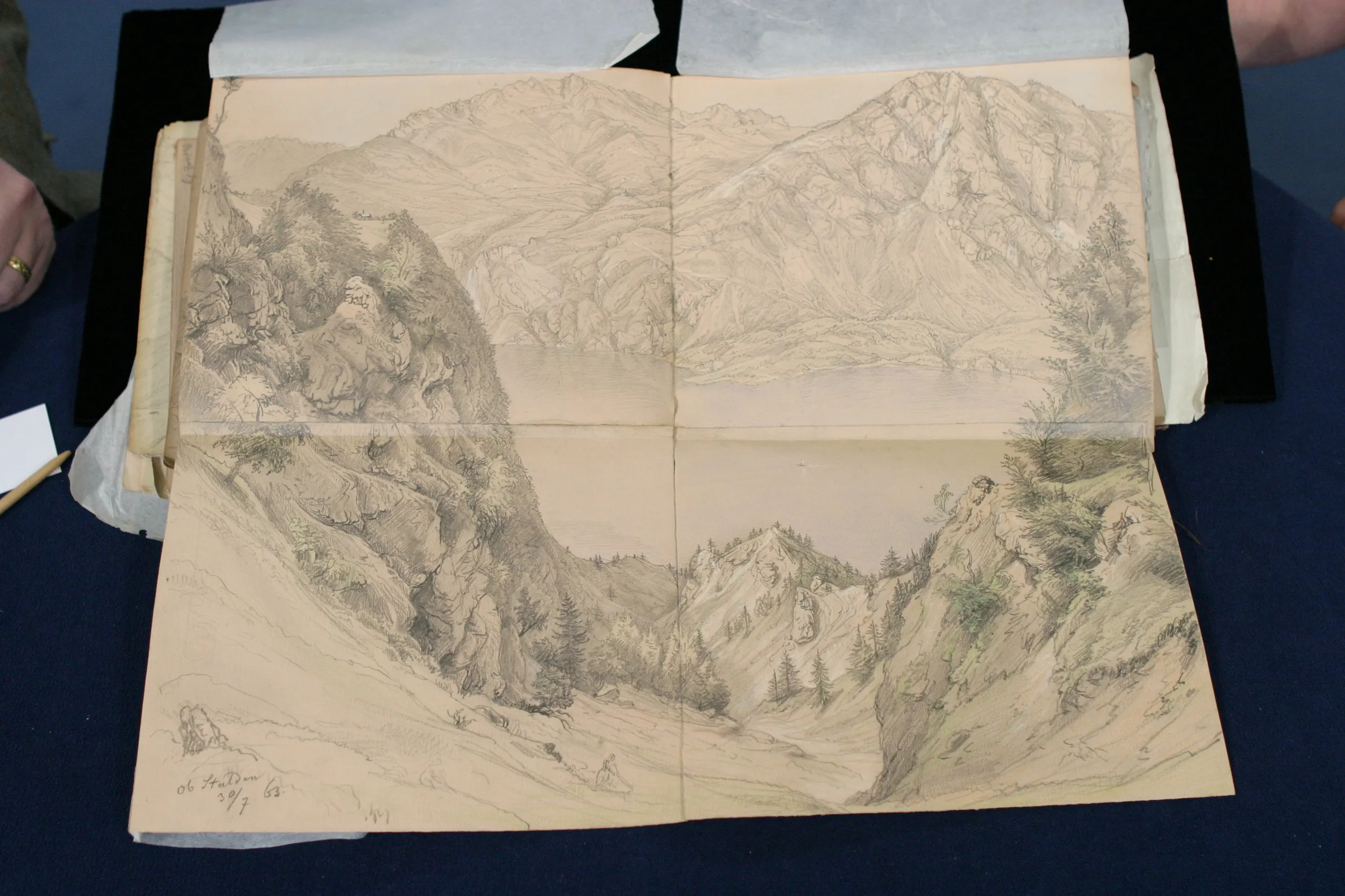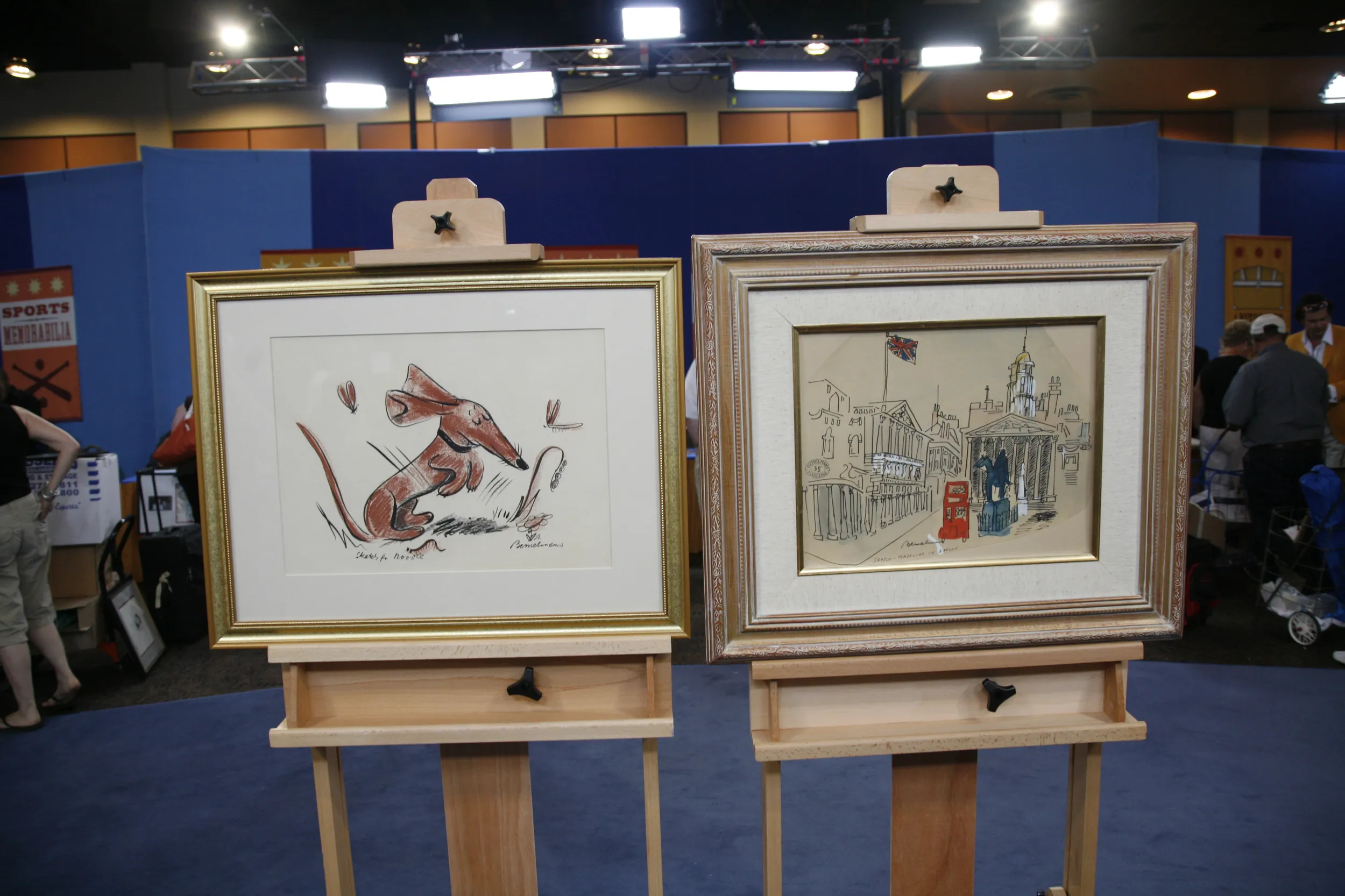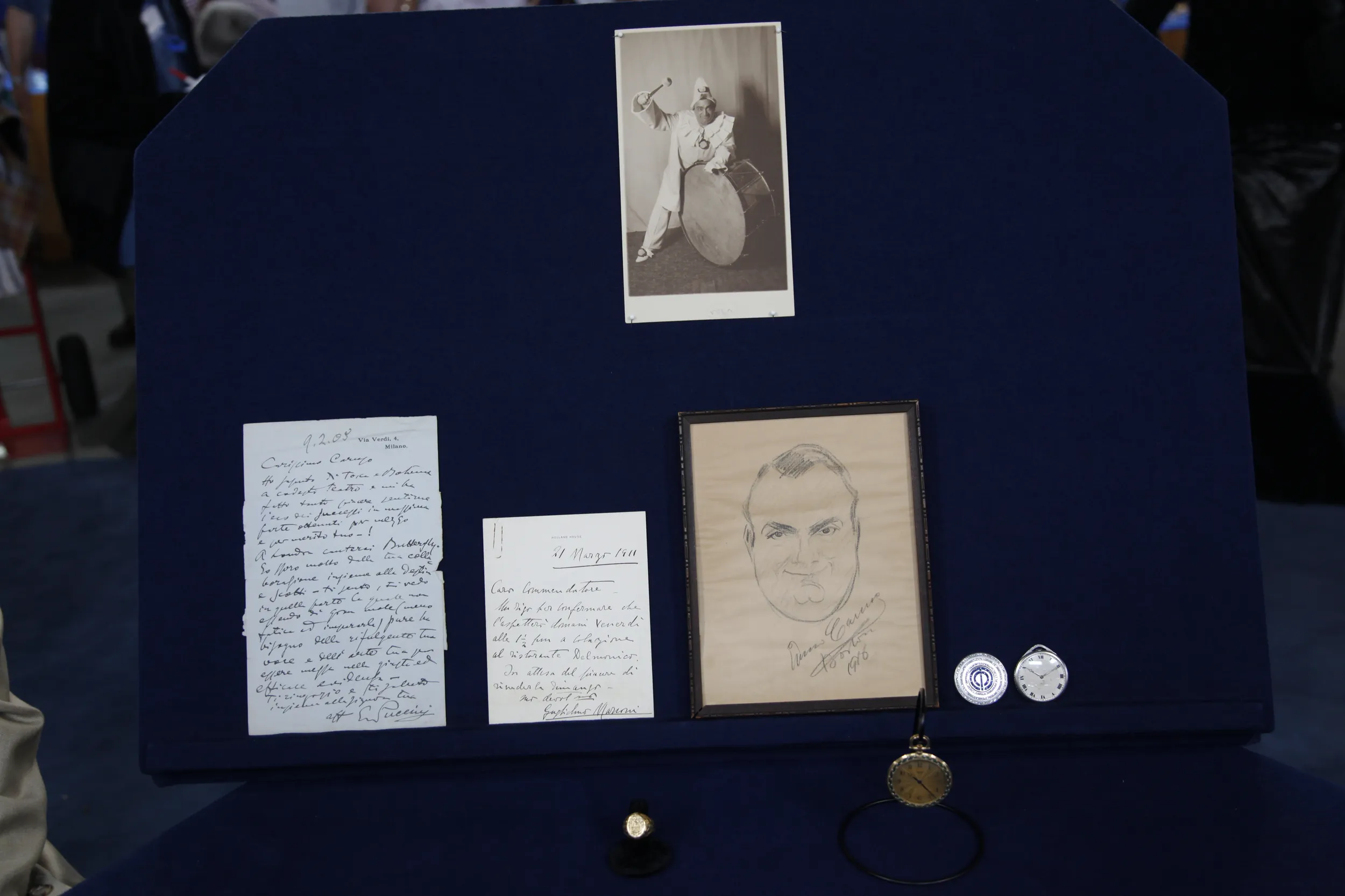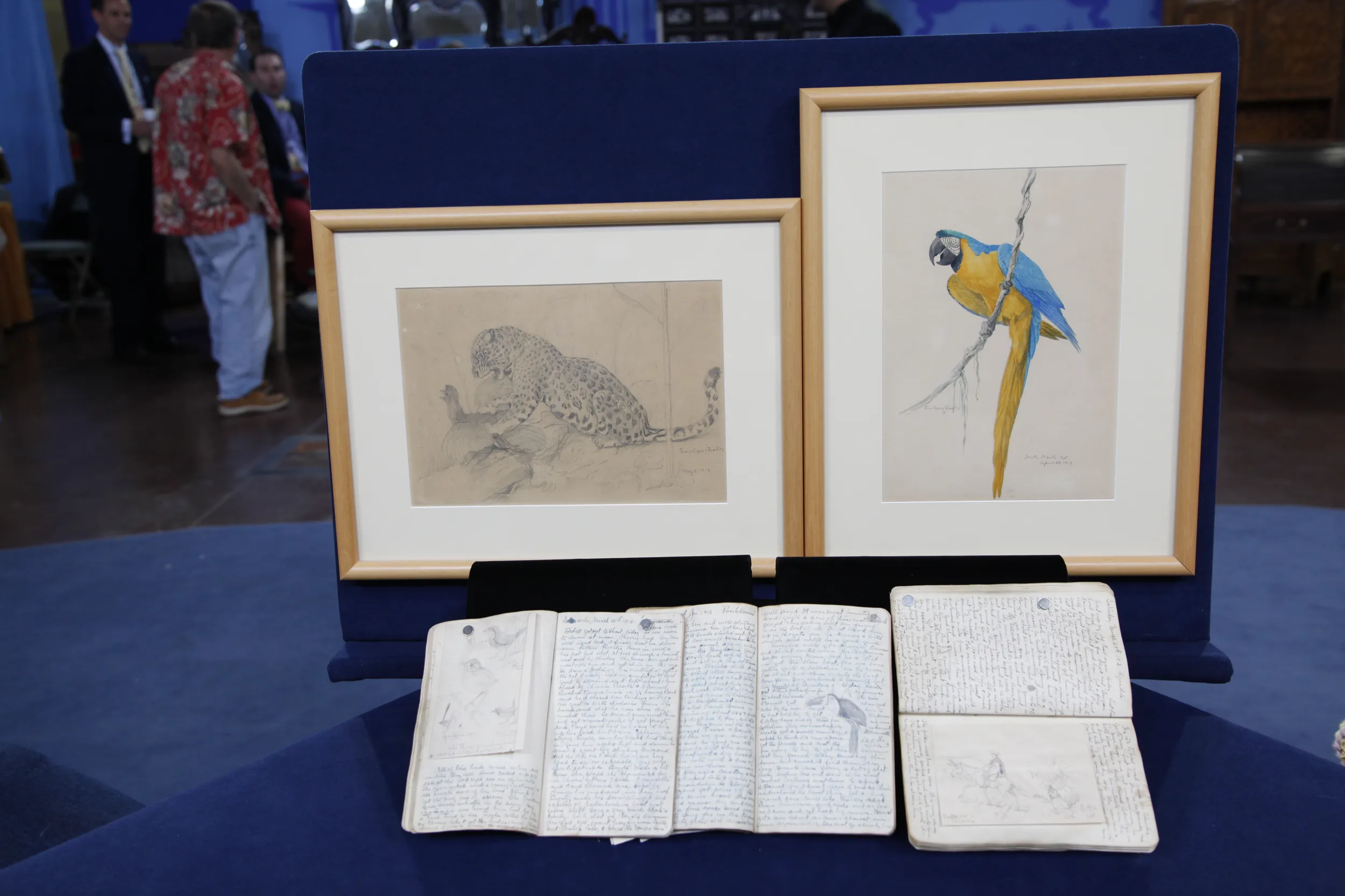GUEST: Well, my father-in-law was clearing out a house, and the owner said that he was going to get rid of a pile of junk, and asked him if he wanted to keep any of it. And my mother-in-law put a print on it and hung it in her office for about ten years. And then when she retired, she put it up in the attic. After about five years or so in the attic, she gave it to me, and it hung in my house for about five years, until I decided that I would change the frame. And when I opened it up, I saw this striking girl. I immediately was drawn to her. I didn't recognize the name "Benton" on the bottom. I started to do a little research, and then I found out it was Thomas Hart Benton's drawing.
APPRAISER: So is it still that original frame that it was in?
GUEST: It's the same frame.
APPRAISER: Okay, okay.
GUEST: And the same matte, and I just protected it with U.V. glass, and I've really been enjoying it in my house.
APPRAISER: And now, what do you know about the subject of the drawing?
GUEST: It's a study for a mural that's hanging at the Indiana University. I think the mural was commissioned for the state fair in the early 1900s. And if you see the picture of the mural, the little girl is right in the middle.
APPRAISER: It is a Benton drawing, and it's a really wonderful Benton drawing. He's known as an American regionalist painter, primarily. This is executed in pen and ink. The drawings are not quite as well known as the paintings. There are these very sort of active, sinewy figures in a lot of the paintings. There are landscapes that are very, very distinctive. He was also known as a mural painter. He actually was commissioned to paint this mural cycle for the Chicago World's Fair in 1933, and it represented the Indiana pavilion at the fair. And he spent a lot of research, a lot of time in Indiana. He came up with the idea of a cycle that represented the history of industry in Indiana and the history of culture in Indiana. And it deals with the cultural aspect of the parks, circuses, the press and-- here's the controversial part-- the Klan. He was anxious to show history as it really was in Indiana, and he wanted to represent the Ku Klux Klan. There was a real controversial aspect to that. And he had to get permission to do it, and he went through the State House, and so on. Ultimately, it was granted. This drawing represents a figure in panel number ten. And this panel depicted the racial issues in Indiana in the 1920s, apparently, from what research I've been able to do. When the fair was over, the whole thing went into storage. Apparently, nobody really wanted it. And then at some point in the late '30s, the president of Indiana University decided that they'd like it for the university, and it was reinstalled in the university. But to this day, there's a big controversy over the aspect of the panel that deals with the Klan. But the whole situation has really changed in terms of marketability and things, because whereas these things were perhaps not very desirable in the past, there's tremendous interest in this now. Images depicting Black history in America are very, very sought after. You had told me you had this appraised once, and they told you...
GUEST: I had it appraised about ten years ago, in Philadelphia, and he said that the art market was somewhat low, and there was no market for African American art, so he said that, probably about $2,000.
APPRAISER: Well, that may have been the case there, or he may have been misinformed. It's certainly not the case now. A really finished Benton drawing of this kind of quality and of such a fascinating subject matter, in today's market, I would say an auction estimate on this drawing conservatively would be somewhere in the perhaps $12,000 to $18,000 range.
GUEST: Really?
APPRAISER: You really found a treasure under that Monet print in that frame, and I really appreciate you bringing it to us today.
GUEST: Thank you, thank you.
APPRAISER: You're welcome.
